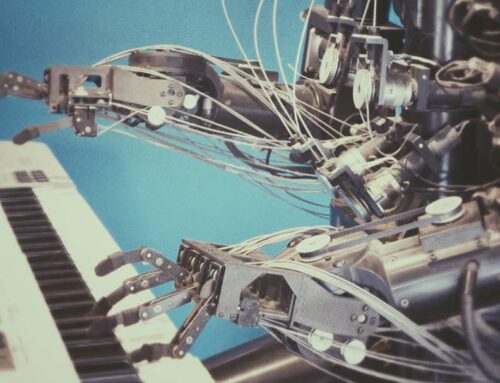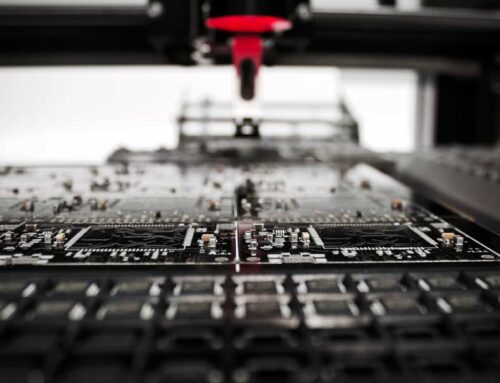
The Printed Circuit Board (PCB) is the information carrier for all electronics, the world would be a very different place without the Printed Circuit Board, practically every action we take nowadays is connected in some way and the printed circuit board is at the heart of all this.
We can thank Paul Eisler, an Austrian Inventor for this, he invented the PCB in 1936, but was only awarded the invention in 1971.
If we take a smartphone, it contains approx. 15 different PCBs (mostly complex Flex Rigid PCBs/2 very complex HDI PCBs), so we are all carrying quite a few complex PCBs in our pocket all day every day, and they drive everything we do.
With the onset of the fourth industrial revolution, the electrification of vehicles, the step to 6G, and AI, this will require higher speed signals (6G/AI), and thermal management considerations (electrification), the printed circuit board is at the heart of all this and will play an even more integral part in our lives, so understanding of this technology is paramount.
To manufacture printed circuits boards is a very complex process, at TechNES we plan to educate you on the technology & design options available, the manufacturing processes, the materials available and effect on performance, the design practices you should follow, as well as the cost drivers and how the pcb should be specified to ensure long term reliability.





